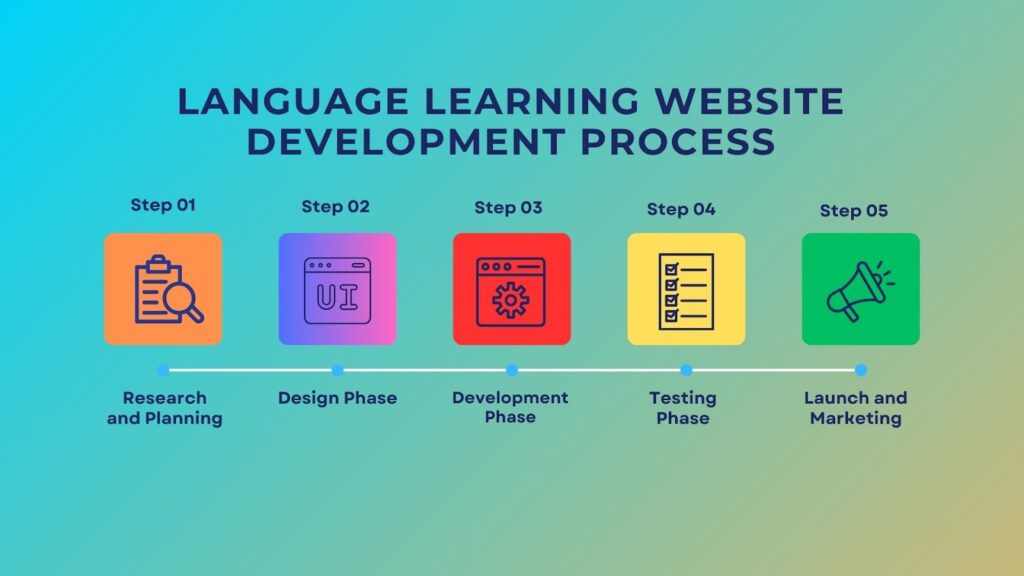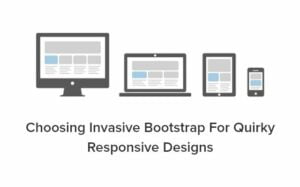Language learning platforms have grown tremendously. In the past year, more and more people have demanded training from online sites for languages. These are flexible and affordable learning options that anyone in the world can use.
The language learning market is expanding rapidly. More individuals seek convenient ways to practice speaking, writing, and listening. With advancements in technology, online tutors can now connect with learners from anywhere. This ease of access has driven the demand for online language learning platforms.
One of the best examples of success in this market is Verbling. It is a platform that connects students and professional tutors around the globe and offers individual-oriented teaching classes. This service is part of the continuous growth of the internet-mediated language acquisition market by enhancing the skill development opportunities of the learners.
Key Features of a Verbling-like Platform

User Profiles
A key feature of any language learning platform is personalized user profiles. These profiles help both learners and teachers to track progress and set goals. For learners, profiles can store language preferences, past lessons, and goals. Teachers can note teaching styles, strengths, and weaknesses for improvement from the profile. The personal touch ensures that lessons can be tailored to the needs of each individual, which may enhance the learning experience.
Scheduling System
A good scheduling system helps in managing lessons better. Lessons should be easy to book, reschedule, and cancel. The system also needs to remind learners and tutors about upcoming sessions. Good visibility of free time slots makes it easier to schedule lessons. Automatic time zone adjustments prevent a chance of confusion. This convenience encourages regular lessons and keeps the pair of tutors and learners on track.
Video Conferencing
High-quality video conferencing is crucial for effective online learning. Language lessons rely on face-to-face interaction, so having a stable, high-definition video chat feature is essential. The platform should support clear audio and video quality, even with slow internet connections. This feature enables learners and tutors to communicate with one another easily and have meaningful conversations. The use of a built-in video conferencing tool ensures that external apps are not needed, which makes the learning process smoother and more focused.
Payment Processing
Proper payment processing is also very important to ensure smooth transactions. The platform must have secure payment methods for learners to pay for lessons and safe receipt of pay from tutors.
Invoicing, transaction history, and fluid options like credit cards, and PayPal are features that should come in. Protecting both parties from fraudulent acts and guarding personal information should be secured through the system. A simple and transparent payment system increases trust between learners and tutors.
Review and Rating System
A review and rating system helps maintain quality and trust within the platform. After every lesson, learners can rate tutors and give feedback. This gives insights into the tutor’s teaching methods, effectiveness, and communication skills. Similarly, tutors can rate learners, offering feedback on engagement and commitment. Positive reviews lead to good practices while constructive feedback helps improve performance. This way, both learners and tutors make informed decisions about whom to work with for high-quality learning experiences.
Language Resources
Access to resources beyond lessons is another important feature. These resources can include interactive tools, quizzes, flashcards, and language practice exercises. A language learning platform should offer a variety of learning materials that complement lessons and help learners practice independently. These resources should be easy to use and accessible at any time. This added flexibility supports learners in honing their skills between lessons, keeping them engaged and motivated.
Development Cost to Build a Language Learning Platform

Initial Development Costs
Building a language learning platform like Verbling involves several key stages. The first step is design. The user interface is an important aspect which must be smooth and easy to use. An average layout designing cost ranges between $4,000 to $12,000 depending upon the complexity and experience of the designer.
The second step is back-end development. The cost of back-end development is generally higher as it focuses on user profiles, payment processes, and video call systems. Its cost varies from $18,000 to $56,000. The price also depends on whether there is custom-coded platform development or use of any open-source area.
Testing is an essential part of the initial development phase. It helps ensure that all features work smoothly. The testing stage cost typically ranges from $5,000 to $10,000, based on the overall complexity of the platform and the number of devices that the platform is required to work on.
Ongoing Maintenance Costs
Once the platform goes live, It is quite important to maintain it regularly. Provide regular updates to boost the performance, rectify issues, and add additional functionalities. Normal maintenance costs are $1,000 to $5,000 per month based on the size of the platform.
Hosting is another recurring cost. Moreover, it is very critical to have a reliable hosting solution in order to avoid user frustrations in the course of the process. The cost of hosting may depend on various factors such as the volume of traffic the site receives and hosting providers. Typically it ranges between $500 to $3,000 every month.
Customer support is also an ongoing cost. It may need an exclusive set of people to respond to the inquiries of users. The monthly expenses for customer support usually range between $3,000 and $10,000 though it may differ based on circumstances.
Cost Breakdown of Key Features
Some of the key features like video conferencing and payment systems can increase the platform’s cost.
- Video Conferencing: The cost of adding this feature will vary from $5,000 to $15,000. Well, customization and the quality of the video requested will mainly determine the costs. Some platforms use third-party APIs, which can reduce costs but may have limitations.
- Payment Systems: In online language tutoring, a secure payment processing system is one of the essential features to incorporate. The price of implementing a payment system, controlling subscriptions and one-off payments can reach up to $5000 – $10000. However, employing third-party services such as Stripe or PayPal will be cheaper, but a tailored system will cost more.
- Other Features: Other important elements like user profiles, lesson booking, and language materials can cost anywhere from $10,000 and $20,000. These add value to the product but, of course, are included in total development.
Business Model for Language Learning Platforms
Subscription Model
The subscription model is a common way for language learning platforms to generate revenue. Users pay a fixed amount monthly or yearly to access content and lessons. This model offers predictable and steady income for the platform.
Pay-Per-Lesson Model
In a pay-per-lesson system, students have to pay for every lesson or class they attend. This model appeals to users who prefer flexibility. They can pay for lessons on-demand, without committing to a long-term subscription.
Freemium Model
The freemium model provides free fundamental services to users but offers them paid premium services for additional benefits. Advanced lessons, additional tools components, or individualized tutoring services may be included in the premium services. This model helps attract a large user base, with some converting to paying customers.
Commission-Based Model
In a commission-based model, the site gets a share of the earnings of the tutor for every lesson taught. The rates for tutoring are set by the tutors themselves, and the site earns by charging a fee on the rates, in other words, taking a cut.
Development Process for a Language Learning Website

Research and Planning
The first step is market research. You must understand user needs. Look at existing platforms. Identify gaps and opportunities. This helps define your target audience. Planning should focus on the key features. Consider a budget and timeline.
Design Phase
Next, focus on the design. Create a simple, clear UI/UX. This ensures the platform is easy to use. Think about how users will interact with it. Make navigation intuitive and straightforward. Prioritize the visual appeal to enhance user experience.
Development Phase
During development, build the core website features. Focus on performance and scalability. Integrate video conferencing, payment systems, and scheduling tools. Ensure the platform can handle many users. Test all features to ensure they work smoothly.
Testing Phase
Testing is crucial. Conduct quality assurance checks. Gather feedback from test users. Look for bugs and any user experience issues. Fix errors quickly. Ensure the website is user-friendly and responsive.
Launch and Marketing
Once testing is complete, launch the platform. Create a marketing plan to reach potential users. Get traffic using social networks, place advertisements and get paid for it. Give discounts or free 3-day trials of the service at the beginning to attract customers. Keep monitoring user feedback to improve the platform.
Conclusion
Investing in a language learning platform can provide valuable opportunities for individuals and businesses alike. By offering a structured and engaging learning experience, these platforms help users achieve their language learning goals efficiently.
Whether through subscription models, pay-per-lesson structures, or freemium options, there are multiple ways to monetize such platforms effectively. By implementing these strategies, businesses can create a sustainable revenue stream while providing learners with convenient and flexible access to language education.
Build a custom language learning platform that students love! Schedule your call with Esferasoft‘s expert development team today!










